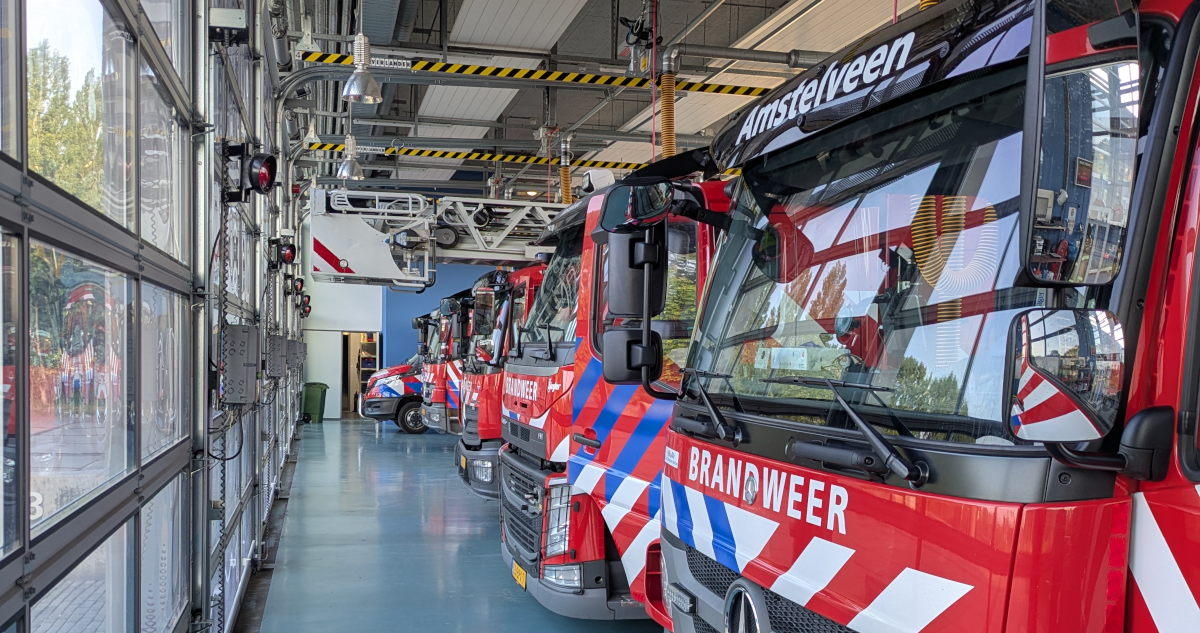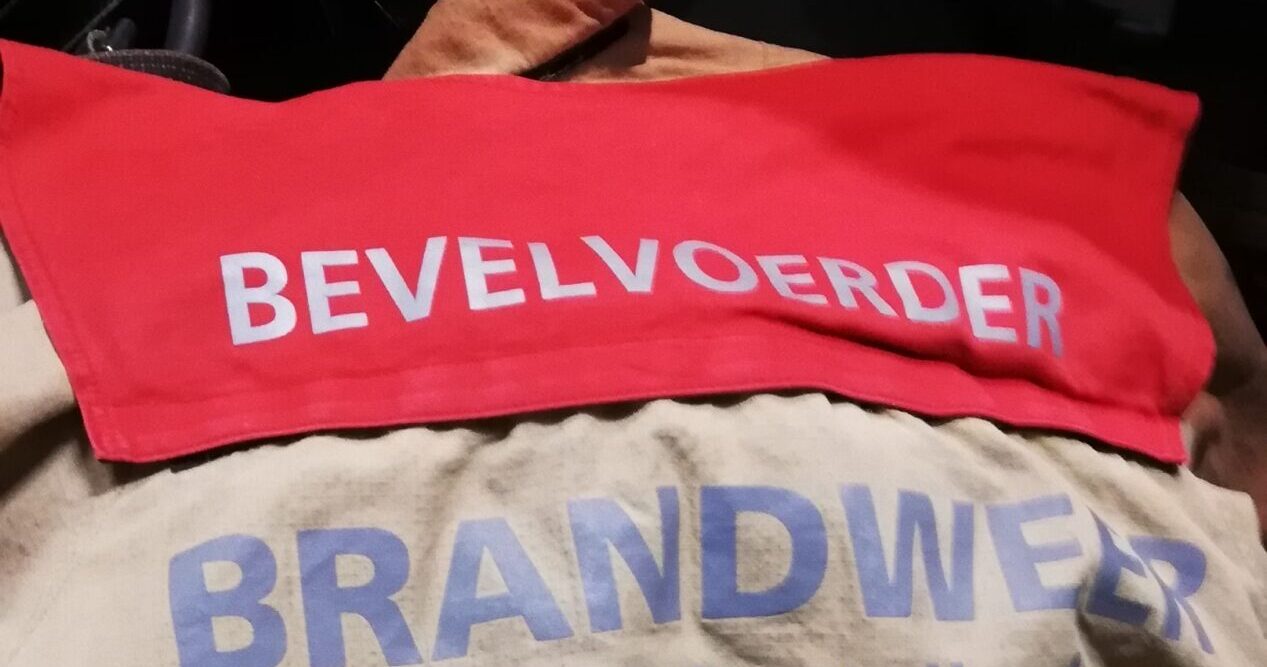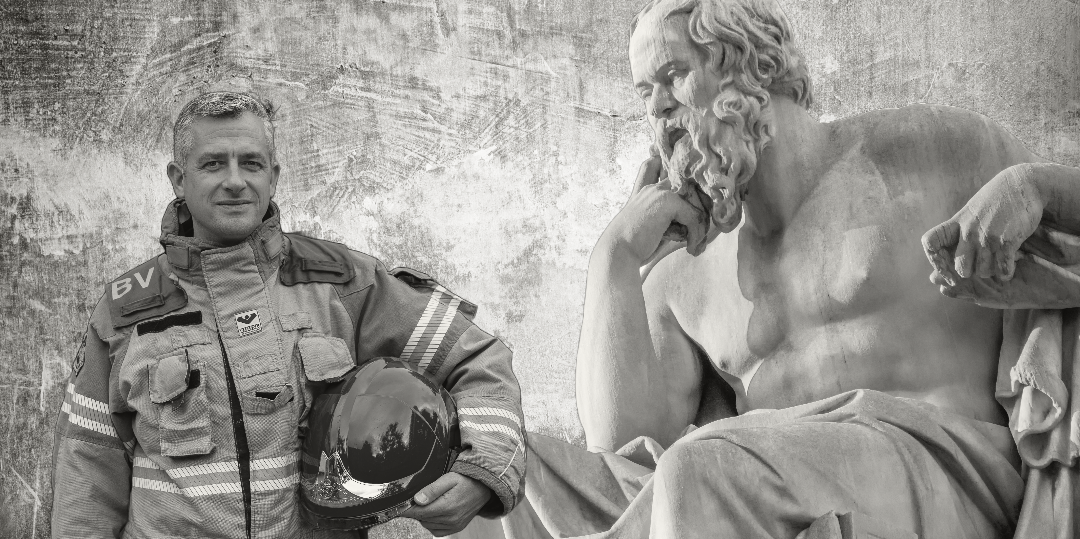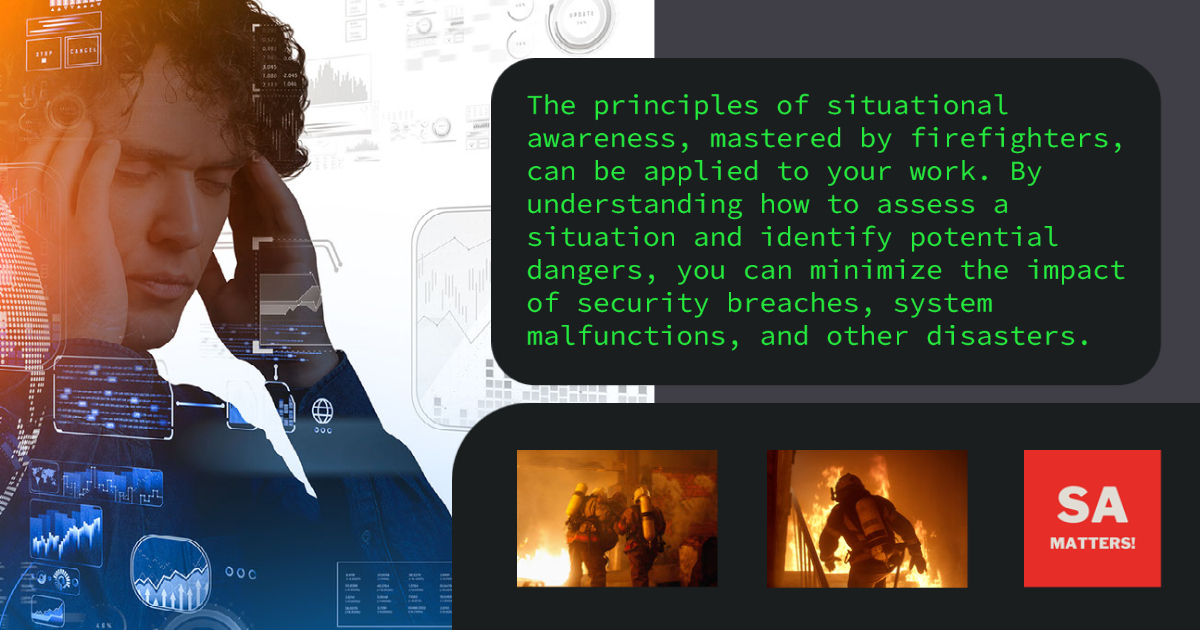
Your gut feeling rarely lies: leadership starts with sensing what is really going on
I often start my morning with a quick glance at LinkedIn. A quick scroll, a quick sense of what’s going on with the people in my network. Among the posts, I see a familiar name. A colleague from another department has shared an interesting quote. Great. I smile. But a few seconds later, something feels off. My gut feeling protests; my situational awareness calls me to order. I scroll back. And then I see it: the time of posting. The middle of the night. That stings. I send a message: “Are you okay?” While I wait for a response, I already know what it will be. And yet, I’m shocked when the answer arrives. What can I do?
Caring for your people
This example is also situational awareness. Not on the street. Not during an incident. But simply on LinkedIn, in the cold phase. Because leadership is seeing what’s going on without saying it out loud. Situational awareness is an incredibly important tool for taking care of the mental health of your people at any time during your workday.
I’m confident enough to say that if you take good care of your people in the “cold” situation, it will automatically pay off in the “warm” situation through safe and efficient incident response. Actively engage in conversation with your people. What motivates them, what keeps them busy, and—more importantly—how are they really doing?
Changing workforce
The department I’m active in is currently undergoing enormous change. Many young people are joining, from different backgrounds and with different beliefs and convictions.
I’ve always been a bit irritated by the topic of “diversity.” It would be hypocritical to pat myself on the back about it on my blog. I believe that everyone who is fit for the job (i.e., who passes the physical test and technical test and completes the training) deserves a place with us. Even if they’re bright purple with orange dots, I don’t care. Okay, bright purple with orange dots would surprise me, but you get the idea…
You can expect a certain proactive attitude from all these new people. Our customer, the citizen, expects this too. An American fire chief once made a striking statement about this (loosely translated):
Nobody calls the fire department and says, “Send me two stupid firefighters in a van.” Within five minutes, they want six Olympic champions with a degree in brain surgery to solve all their problems.
But to help your people meet these demands, you do need to understand them. Because even though you might think you fit the stereotype of a firefighter, that doesn’t mean everyone thinks and reasons the same way you do.
Apply situational awareness to your people
Try to observe your people objectively in your conversations, but also during their interactions with the team. Then, to truly understand what motivates them, talk to them about what you’ve seen. And see if they’re aware of their contribution to the atmosphere on the team. This way, you get to know your people and can predict their behavior, both at the station and during incidents. To truly view people objectively, a Socratic attitude is a fantastic tool. I previously wrote an article about this: Better situational awareness through a Socratic stance.
Back to the LinkedIn post
Although this person doesn’t work in my own department, I have enough contact with her to predict she wasn’t okay. For privacy reasons, I won’t repeat the quote or mention her name.
The gist of the post was to constantly thwart people who stick their necks out so they feel they don’t matter. This person was dealing with a classic case of catastrophic leadership failure. When people no longer feel safe in the workplace, you intervene, whether it’s physically unsafe, socially unsafe, or people whose qualities aren’t being recognized and utilized. There’s never an excuse not to intervene.
Unfortunately, this example is a common phenomenon within the fire service. I’ve encountered it myself in the past as well. The sad thing is that this often applies to members of the “bright purple with orange dots” group.
It’s our job as leaders to remain neutral in this regard. By understanding our people better, encouraging them to stick their necks out, and providing them with the necessary advice, they too can feel welcome in this wonderful profession. Moreover, you must always act sharply and directly when boundaries are crossed and people are being wronged.
Loosely translated from a statement by my “hero”, Nasim Taleb: “If you see injustice but don’t act, you are doing injustice.”
What can I do then?
Because the person in question doesn’t work for my department, I could only offer encouragement. Intervening in the injustice is simply not possible for me.
I did make her a promise that is important to me. In my role as a leader, I will always do my best to protect people who, with their differences, different thinking, and different beliefs, make a valuable contribution to our wonderful organization, from injustice.
I can do nothing more than apply everything I know about situational awareness to my people. And… always start with that one question: “How are you really doing?”
Mentioned in this blog:

Leadership; it starts with a question

Better situational awareness through a Socratic stance
Want to read more?
MY LATEST BLOGS

Leadership; it starts with a question

Crowdstrike was really a situational awareness issue
